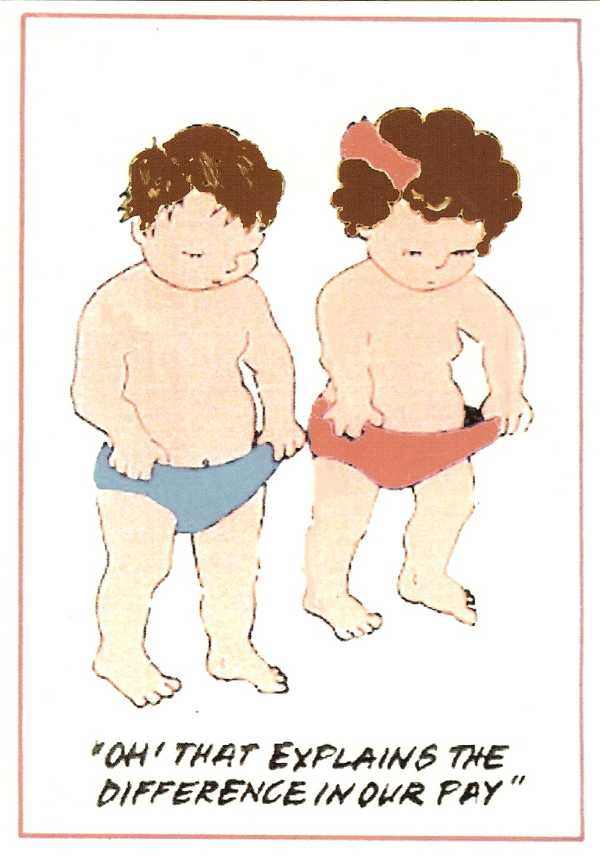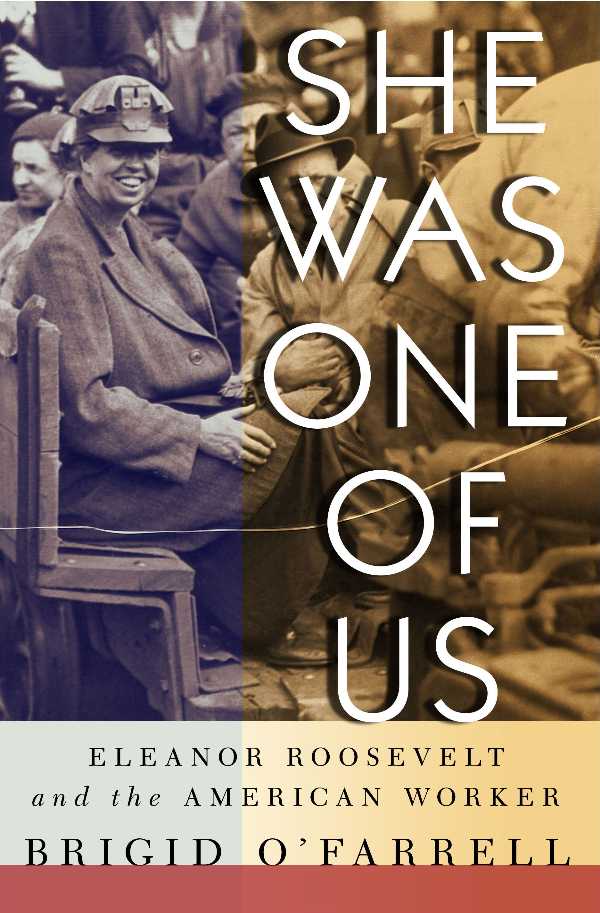CLIO Talks Back

Karen Offen
United States
Archive
- Jun 2011
- May 2011
- Apr 2011
- Mar 2011
- Feb 2011
- Jan 2011
- Dec 2010
- Nov 2010
- Oct 2010
- Sep 2010
- May 2010
- Apr 2010
- Mar 2010
- Feb 2010
- Jan 2010
- Nov 2009
- Oct 2009
- Aug 2009
- Jul 2009
- Jun 2009
- May 2009
- Apr 2009
- Mar 2009
- Feb 2009
- Jan 2009
- Dec 2008
- Nov 2008
- Oct 2008
- Sep 2008
- Aug 2008
- Jul 2008
- Jun 2008
- May 2008
- Apr 2008
I.M.O.W.'s debut blog, Clio Talks Back, will change the way you think about women throughout history! Be informed and transformed by Clio Talks Back, written by the museum's resident historian Karen Offen.
Inspired by Clio, the Greek muse of History, and the museum's global online exhibitions Economica and Women, Power and Politics, Karen takes readers on a journey through time and place where women have shaped and changed our world. You will build your repertoire of rare trivia and conversation starters and occasionally hear from guest bloggers including everyone from leading historians in the field to the historical women themselves.
Read the entries, post a comment, and be inspired to create your own legacies to transform our world.
Oh, That Explains the Difference? or Why is Equal Pay for Equal Work so hard to translate into reality?
2011-02-28 15:17:59.000
Women?s demands for equal pay for equal work are as old as history. European societies provide abundant documentation of such claims. Why? Because male authorities decreed that women who worked for pay should only receive one-half to two-thirds the pay of men. This was long before the "male-breadwinner model" began to be explicitly laid out.
Already in the year 1348, municipal authorities in Marseille set the wages for workers: 4 sous a day for men and 2 sous 6 deniers for women. [Such laws also dictated what women could or couldn?t wear in the way of gold, silver, and jewelry].
Flash forward! In 1869, in the first issue of Le Droit des Femmes, the feminist Maria Deraismes claimed equal pay as one of the objectives for the French women?s rights movement, a claim that would be repeated incessantly for the next 75 years.
When the Swiss women?s rights publication Le Mouvement féministe first appeared in Geneva in 1912, its motto was ?A travail égal, salaire égal.? In translation: ?for equal work, equal pay.? There was nothing hard to understand about this demand.
The Treaty of Versailles, which officially ended World War I, founded the International Labour Organization and contained a proviso guaranteeing equal pay for equal work. All signatories to the Treaty promised to support this proviso, among many others.
In France, the principle of equal pay for equal work was finally instituted in 1946, by the decree of 30 July 1946. Other European countries have also agreed, at least in theory, to this principle. But enforcing it has been another story.
At the United Nations in March 1948, the Economic and Social Council approved ?the principle of equal remuneration for work of equal value for men and women workers.?
In December 1948 Eleanor Roosevelt insisted that the principle of equal pay for equal work be included in Article 23.2 of the Universal Declaration of Human Rights in 1948. ?Everyone without any discriminhation, has the right to equal pay for equal work.?
In 1986 The United Nations General Assembly passed a resolution on the role of women in society, in which (among other provisions) it invited member states ?to encourage such social and economic development as will ensure the equal participation of women in all spheres of work activity, equal pay for work of equal value, and equal opportunities for education and vocational training.?
So why are American women today still having to demand equal pay for equal work? Why in 2011 do we need to designate a day (April 12, 2011) as Equal Pay Day?
Clio would like your ideas: Why is it taking so long to write Equal Pay into the laws of the United States? Why in other countries, even when equal pay for equal work is mandated by law, is it so difficult to enforce this law? What are the obstacles that stand in the way of this eminently fair demand?
Eleanor Roosevelt and America?s Working Women
2011-02-08 21:55:59.000
Clio attended a book party last weekend for a long-time author-colleague and friend. The book is called ?She Was One of Us: Eleanor Roosevelt and the American Worker,? and the author is Brigid O?Farrell, a sociologista and political activist who ?backed into history? in order to understand how certain developments came about concerning women?s employment.
Brigid discovered that in all the many publications concerning Eleanor Roosevelt (ER, 1888-1962, first lady of the US from 1933 to 1945, thanks to her husband Franklin Delano Roosevelt?s nearly four full terms as president), she found virtually no information about Mrs. Roosevelt?s relationship with the labor movement, which began with issues facing women in the workforce.
She decided to do something about eliminating that gap in our knowledge. This book is the happy result of her research.
Our author learned that Eleanor Roosevelt was extremely engaged in addressing the plight of working women in particular, and tried to do many things to assist them. Importantly, she became a staunch advocate of equal pay for equal work and asserted that labor rights were human rights. One of her enduring partnerships was with the Women?s Trade Union League, headed by the remarkable Rose Schneiderman, an immigrant from Russian Poland.
The first chapter of this book is ?Why Women Should Join Unions.? There O?Farrell tells the story of how ER met Rose Schneiderman in 1922, invited her over for supper and asked her why women should join unions. She quotes Schneiderman?s reply: ?I remember so well telling her that that was the only way working people could help themselves. I pointed to the unions of skilled men and told her how well they were doing. By contrast, women were much worse off because they were less skilled or had no skills and could be easily replaced if they complained. They were working for $3.00 a week for nine or ten hours a day, often longer.? (Schneiderman & Goldthwaite, pp. 150-51).
The book tells us how ER joined the Women?s Trade Union League and worked with its finance and education committees. With women now voting, in 1924 she chaired an advisory committee on women?s issues for the Democratic National committee, which endorsed equal pay for equal work and the right to organize unions and bargain collectively ? the committee?s recommendations were rejected by the men who then controlled the Democratic Party!
The story goes on and it is fascinating!
Brigid O?Farrell remarks: ?As ER?s reform ideas developed, her mutually beneficial relationship with labor deepened. Her dialogue with labor activists clarified issues that arose in the workplace and in politics. At the same time, organized labor provided a grass-roots platform for her broader reform agenda. During her twelve years as first lady, she built on her accomplishments and skills to expand her labor concerns beyond the problems of working women to include economic and social rights for all workers. After FDR?s death she took her agenda to the United Nations, where she led an international team to craft the Universal Declaration of Human Rights, which included the right to join a union.? And equal pay for equal work. It was at the United Nations, of course, that she used her tea table diplomacy to such good effect.
Clio says: Everyone interested in ER, the politics of women?s employment, and the complex story of women?s participation in organized labor more generally, will appreciate this thought-provoking book.
Sources and Further Reading:
? Brigid O?Farrell, She Was One of Us: Eleanor Roosevelt and the American Worker (Cornell University Press, 2010).
? Rose Schneiderman and Lucy Goldthwaite, All for One (Eriksson, 1967).
? Nancy Schrom Dye, As Equals and as Sisters: Feminism, the Labor Movement, and the Women?s Trade Union League of New York (University of Missouri Press, 1980).
? Brigid O?Farrell & Joyce Kornbluh, Rocking the Boat: Union Women?s Voices, 1915-1975 (Rutgers University Press, 1996).
? The Eleanor Roosevelt Papers Project http://www.gwu.edu/~erpapers.



